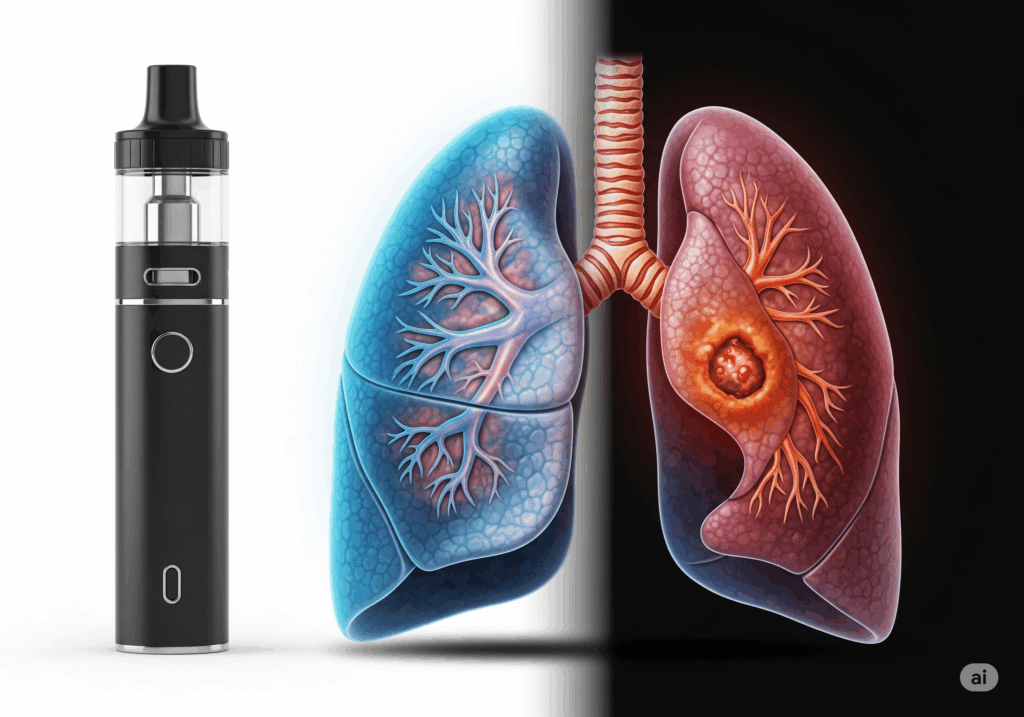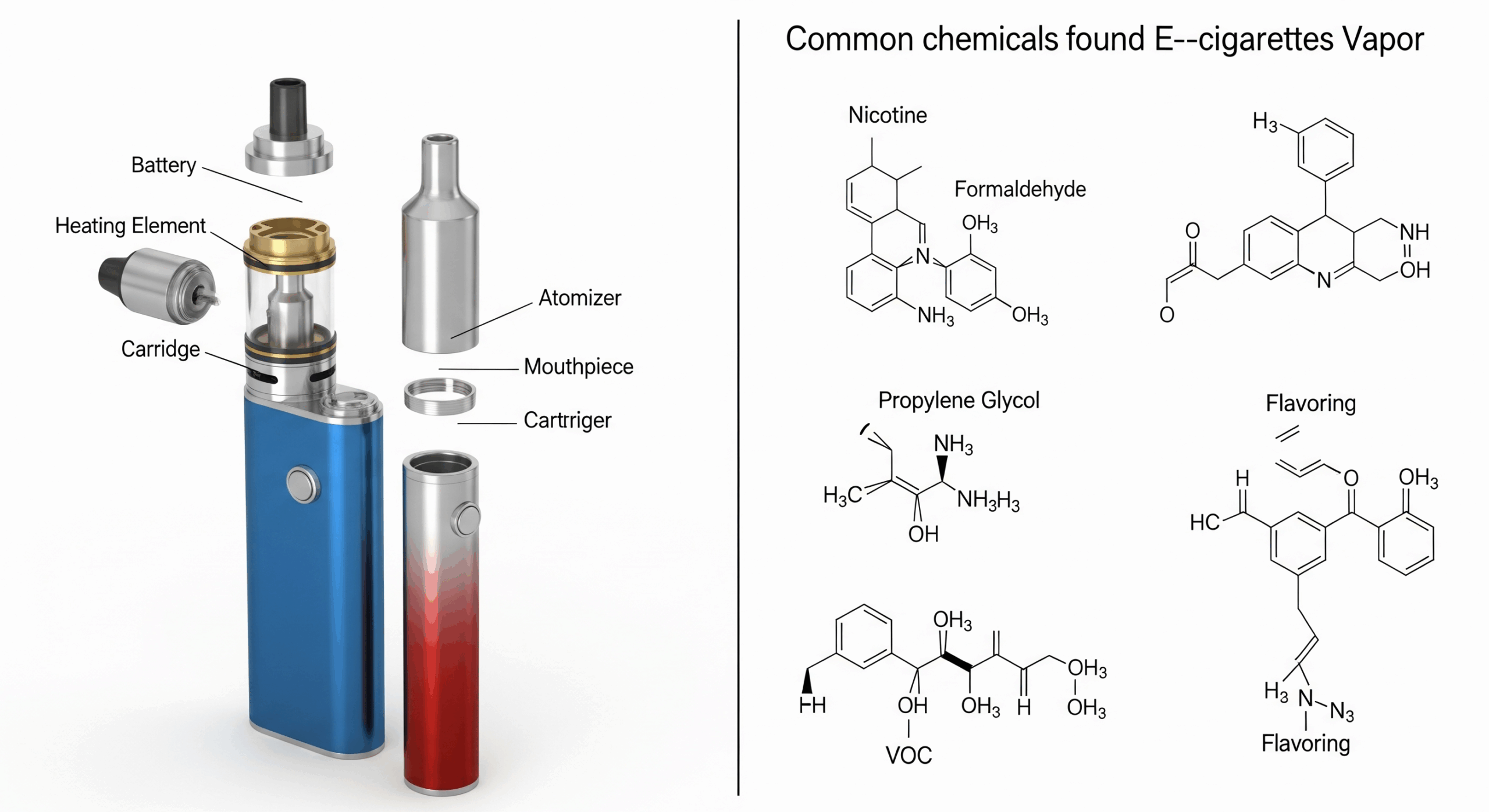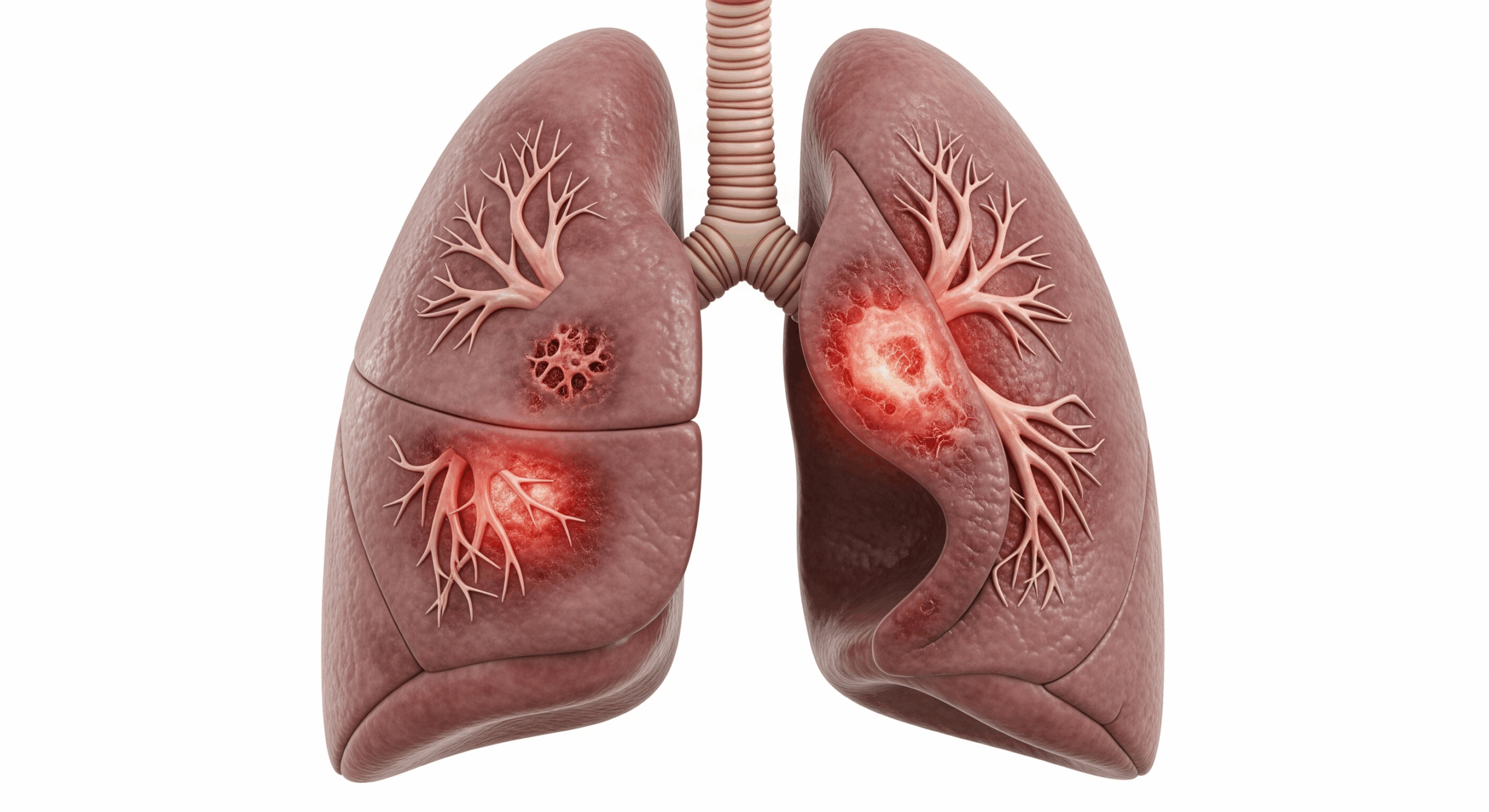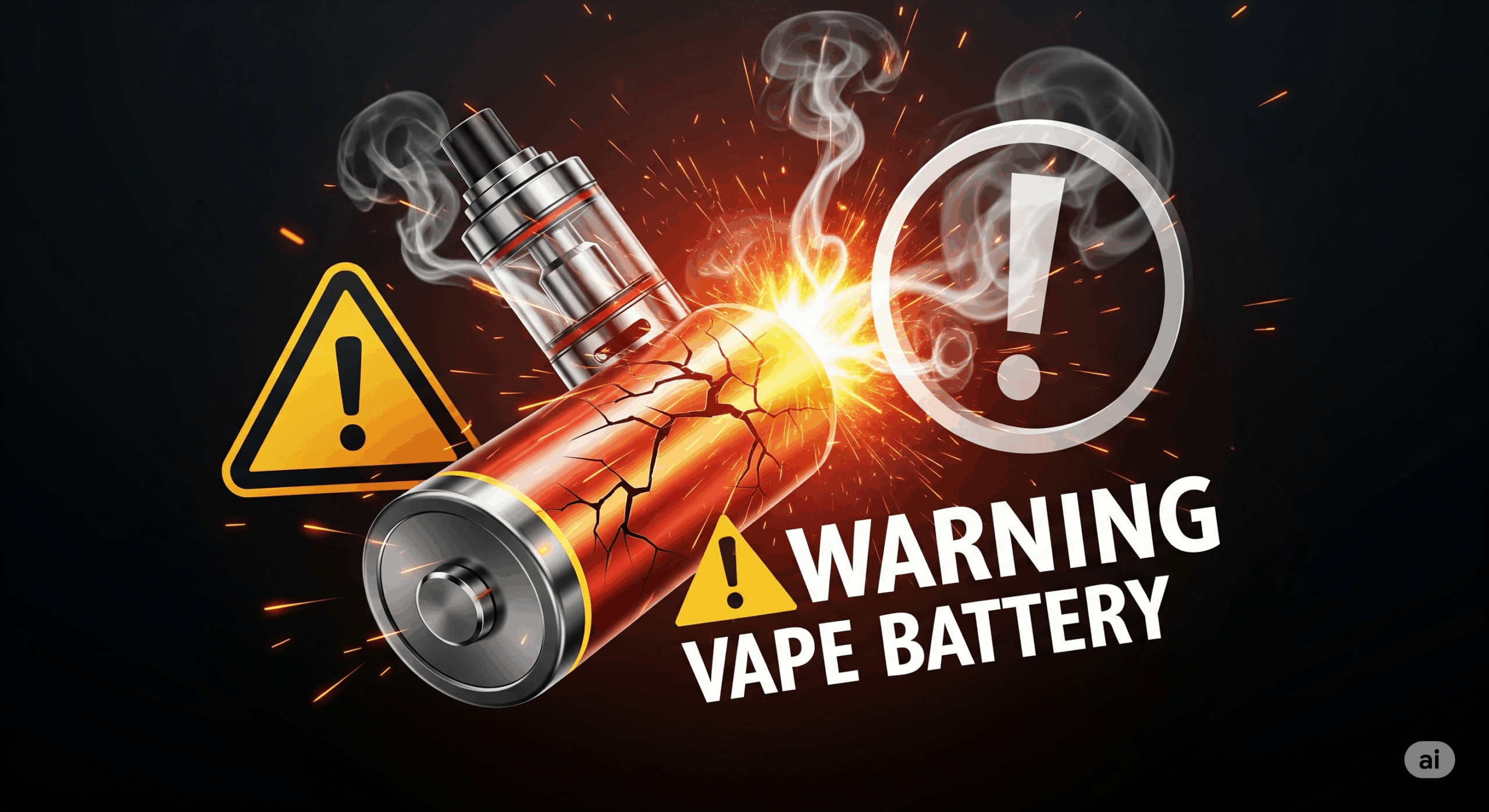E-Cigarettes & Your Lungs: RSDC’s Expert Guide to Vaping Risks & Safe Quitting
Are e-cigarettes truly a safer alternative to traditional smoking, or do they pose their own unique set of dangers, particularly for respiratory health? At the Respiratory Sleep Disorder Centre (RSDC), we believe in providing clear, evidence-based information to help our community make informed health decisions. This article delves into the complexities of e-cigarettes, their potential impact on lung health, and RSDC’s position on their use.
The Rise of E-Cigarettes: A New Era of Nicotine Delivery
E-cigarettes, also known as vapes, have rapidly transformed the nicotine market since their launch in 2015. Devices like JUUL, resembling USB drives, saw a staggering 600% surge in sales between 2016 and 2017. This growth has been fueled by aggressive marketing campaigns, often targeting younger demographics.
A significant concern is the industry’s strategic investment. Philip Morris (Altria), a major tobacco company, acquired a 35% stake in Juul for $12.8 billion. This move suggests a vested interest in remaining profitable as traditional cigarette smoking declines, viewing e-cigarettes as a “failsafe” rather than a genuine effort to reduce nicotine consumption.
The Hidden Dangers: What’s Really in E-Cigarette Vapor?
While often marketed as a less harmful option, the truth about e-cigarette vapor is far more complex. E-cigarettes aerosolize a solution containing nicotine, flavorings, and other additives or contaminants.
Key concerns include:
High Nicotine Content: A single cartridge can equate to the nicotine in 20 regular cigarettes. Nicotine salts allow higher levels of nicotine to be inhaled more easily and with less irritation. Alarmingly, two-thirds of JUUL users aged 15-24 are unaware JUUL always contains nicotine.
Undisclosed Chemicals and Toxins: E-liquids and aerosols have been found to contain:
Acetone
Acrolein
Formaldehyde
Metals (cadmium, lead, nickel, tin, copper)
Tobacco alkaloids
The long-term safety of inhaling propylene glycol remains uncertain. Additionally, some online content even promotes using cartridges for marijuana hash oil.
Gateway to Smoking
E-cigarette use among youth may increase the risk of transitioning to traditional smoking. Flavored products make initiation more pleasurable, potentially leading to addiction. Nicotine is highly addictive—comparable to heroin. From 2017 to 2019, adolescent vaping rates rose significantly across multiple age groups.
E-Cigarettes and Lung Injury: A Growing Public Health Crisis
Cases of severe pulmonary illness linked to vaping are rising. In 2019, a cluster of 53 cases in Illinois and Wisconsin showed:
Acute respiratory distress (98%)
Gastrointestinal symptoms (81%)
Abnormal chest imaging (over 90%)
The CDC later reported over 530 lung injury cases and 13 deaths in the US.
Associated conditions include:
Acute eosinophilic pneumonia
Diffuse alveolar damage
Organizing pneumonia
Lipoid pneumonia
Giant-cell interstitial pneumonia
Hypersensitivity pneumonitis
Diffuse alveolar hemorrhage
E-cigarette explosions due to faulty lithium-ion batteries have also led to traumatic injuries, with multiple hospitalizations between 2015 and 2016.
E-Cigarettes for Smoking Cessation: A Double-Edged Sword?
While some research suggests e-cigarettes may be more effective than traditional nicotine-replacement therapy (NRT), concerns remain:
In one study, 18% of e-cigarette users quit vs. 10% in NRT group
However, 80% of e-cigarette quitters still used e-cigarettes at 1 year, vs. only 9% still using NRT
This suggests a high dependency on e-cigarettes.
![Image Suggestion 5: Infographic comparing cigarettes, vapes, and NRT methods with pros/cons.]
E-cigarettes are not approved by most health authorities for cessation. Continued use may expose users to harmful toxins, undermining their role as a quitting tool.
RSDC’s Position: Prioritizing Lung Health
At RSDC, our position is clear: Don’t use e-cigarettes unless all other approved cessation methods have failed. Even then, use should be minimal and medically supervised.
We recommend:
Banning flavored nicotine products
Avoiding long-term harm reduction strategies involving e-cigarettes
Relying on proven, regulated cessation options
Your respiratory health is paramount. Consult RSDC to explore effective, safe strategies for quitting smoking.
Need help quitting? Contact us to speak with our specialists and build your personalized plan.





